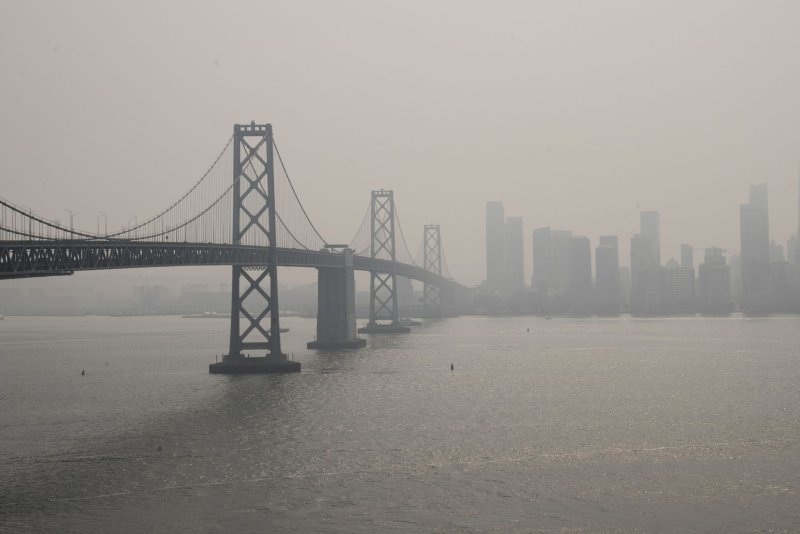At least 300 sea turtles have washed up dead on a Pacific coast beach in the state of Oaxaca in Mexico
.

© Provided by National Post
An Olive Ridley sea turtle (Lepidochelys olivacea) arriving ton a Mexico. beach to spawn during a nesting. HECTOR GUERRERO/AFP/Getty Images
Deborah Stokes
The turtles were olive ridley turtles (Lepidochelys olivacea), which are listed as vulnerable by the International Union for the Conservation of Nature (IUCN) .
Named for the olive hue of their shell, the turtles have been declining in numbers and only nest in a small number of places.
One of those places is the Morro Ayuta beach in Oaxaca, where the dead turtles washed up. During nesting season, which starts in June and runs through to the end of October, hundreds of the olive ridley turtles will congregate to lay their eggs on the beach in a mass nesting.
The turtles were olive ridley turtles (Lepidochelys olivacea), which are listed as vulnerable by the International Union for the Conservation of Nature (IUCN) .
Named for the olive hue of their shell, the turtles have been declining in numbers and only nest in a small number of places.
One of those places is the Morro Ayuta beach in Oaxaca, where the dead turtles washed up. During nesting season, which starts in June and runs through to the end of October, hundreds of the olive ridley turtles will congregate to lay their eggs on the beach in a mass nesting.

Hundreds of Olive Ridley sea turtles, known as Golfinas in Spanish, make nests to lay their eggs at Ixtapilla Beach, in Mexico.
Enrique CASTROAFP/Getty Images
The beach is protected by Mexico’s environmental authorities. Turtle expert Ernesto Albavera Padilla told local media that all the dead animals were females.
Mexican authorities said they were likely drowned in illegal fishing nets or abandoned nets left in the ocean. The Mexican navy will be joining environmental authorities to investigate their death.
In 2018, a similar incident occurred when fishermen found 300 dead turtles tangled in fishing nets.
A 2011 study by IUCN found the most significant threat to sea turtles is accidental fishing or being caught in fisheries nets.
Sea turtles are protected in Mexico, with stiff fines for anyone catching or killing them.
There are also sea turtle nesting beaches along the Baja Pacific coast, with local groups protecting them and patrolling the beaches.
The beach is protected by Mexico’s environmental authorities. Turtle expert Ernesto Albavera Padilla told local media that all the dead animals were females.
Mexican authorities said they were likely drowned in illegal fishing nets or abandoned nets left in the ocean. The Mexican navy will be joining environmental authorities to investigate their death.
In 2018, a similar incident occurred when fishermen found 300 dead turtles tangled in fishing nets.
A 2011 study by IUCN found the most significant threat to sea turtles is accidental fishing or being caught in fisheries nets.
Sea turtles are protected in Mexico, with stiff fines for anyone catching or killing them.
There are also sea turtle nesting beaches along the Baja Pacific coast, with local groups protecting them and patrolling the beaches.



















